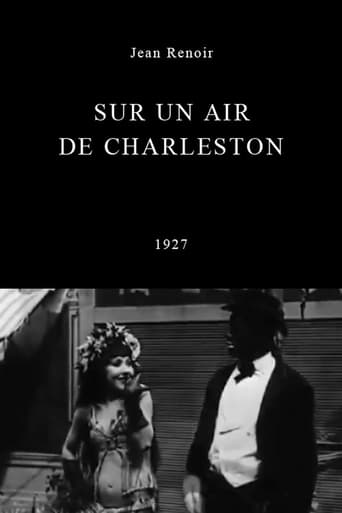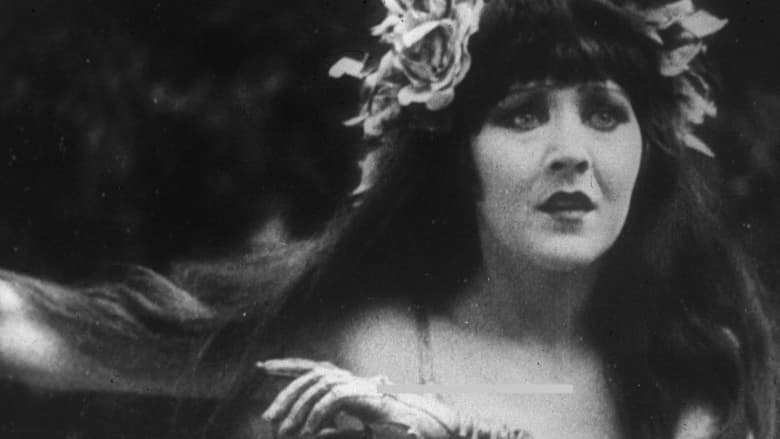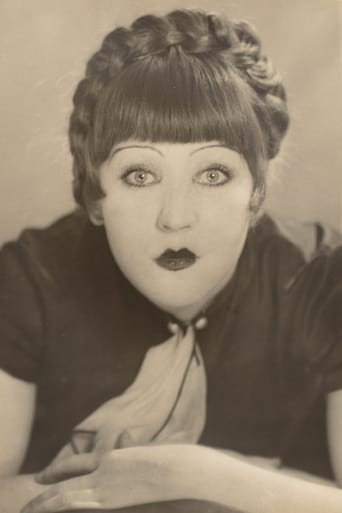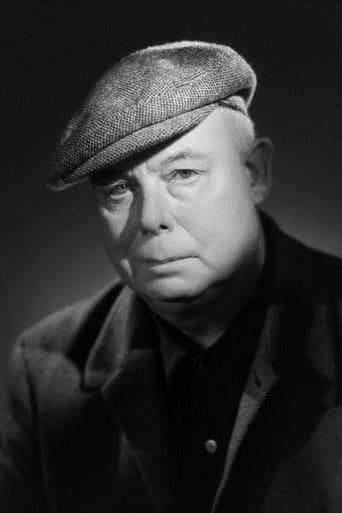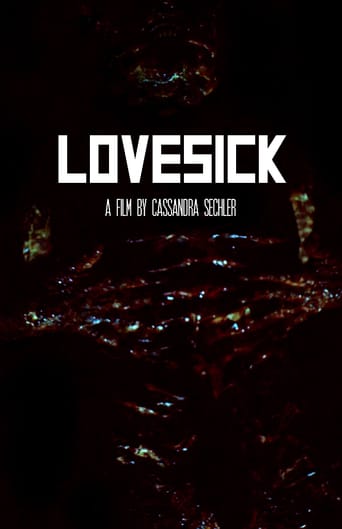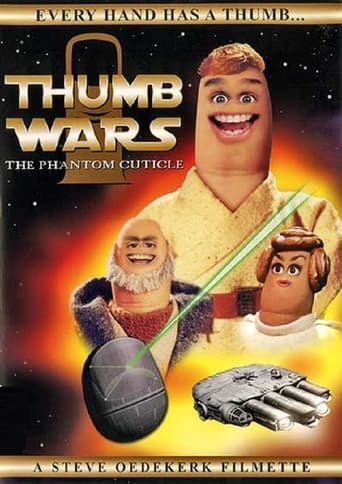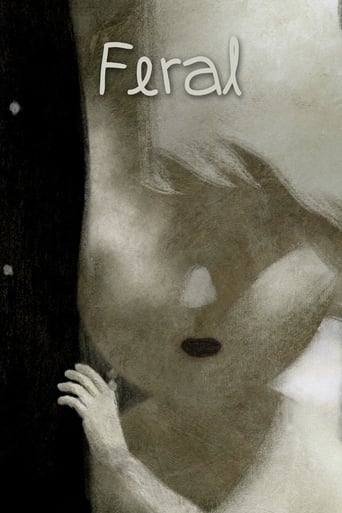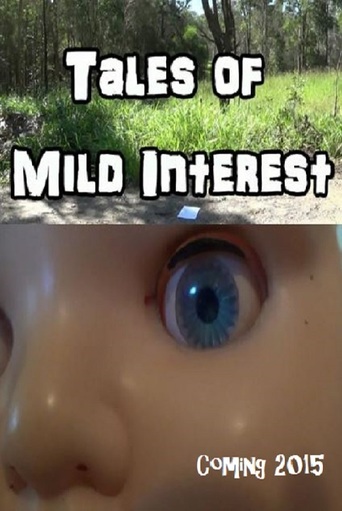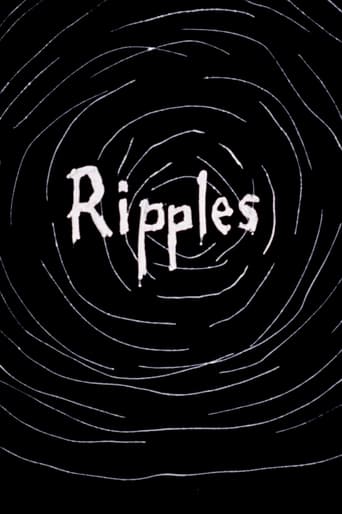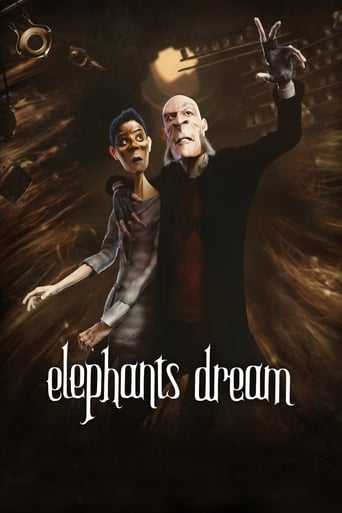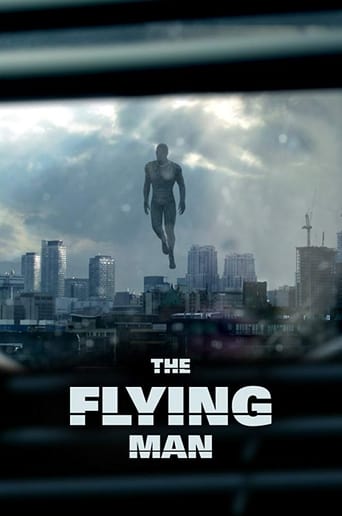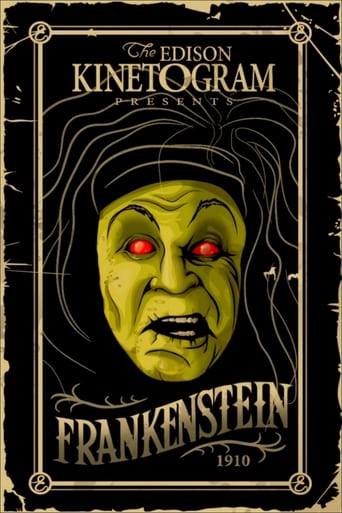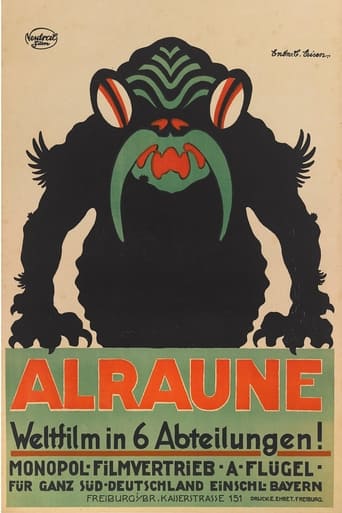Charleston Parade (1927)
Shot in three days, this surreal, erotic silent short shows a native white girl teaching a futuristic African airman the Charleston dance.
Watch Trailer
Free Trial Channels
Cast


Similar titles
Reviews
Slow pace in the most part of the movie.
just watch it!
Good story, Not enough for a whole film
It's a feast for the eyes. But what really makes this dramedy work is the acting.
Licking his wounds after the catastrophic failure of his 1926 version of 'Zola' starring his then-wife (1920-30) Catherine Hessling, Jean Renoir cheered himself up by making the nearest he ever came to science fiction with this exuberant romp set in the year 2028 displaying the impressively athletic dancing ability and lack of inhibition of the baby-faced Ms Hessling.Arriving in the shattered remnants of Paris in a spherical spaceship that resembles 'Rover' from 'The Prisoner', a smartly dressed visitor from the African continent - where civilisation now resides since Europe blew itself to smithereens - is confronted by a scantily clad savage played by Ms Hessling; and joins her in an energetic dancing duel facilitated by some pretty far-out trick photography. (Renoir anticipates Kubrick by forty years by going into negative to depict his flight.) If this had ever been intended for public exhibition it would have been a supreme example of pre-code filmmaking. Great fun.
Decidedly, we haven't heard anything yet from Renoir, as Sur un Air de Charleston is a silent short film. There is surrealist dream logic in the drawing of the phone which then becomes real, as well as Dadaist elements like the slipping on the waxed ground. It is another effort by Renoir to play around with the medium... but perhaps something else is at the heart of the matter. The film hails jazz culture as being timeless and universal underscored by flipping colonialist stereotypes on their head (the white cannibal, the black space explorer/time traveler). There is a theme of savagery that runs through the film that I consider to be extremely tongue-in-cheek. I conjecture that the film was an homage to the Jazz Singer in many ways - perhaps not that particular film text per se, but more generally the hype that would have existed in the industry at the time about the shift to sound and the potential of films like the Jazz Singer to accomplish the feat. It is difficult to deny that Sur un Air de Charleston requires sound for the pleasure of spectators at the time (ironically there were none), but equally undeniable that the sound should come from a synchronized soundtrack. I simply feel this way because of the manipulation of the dancing through editing where Renoir presents the dance in three or more temporal states. It feels to me that Renoir was imagining sound techniques prior to their industrial application. Why not release the film at the time then? My two answers are that Renoir would have been unsatisfied with the anachronistic homage (the film was silent) and that he may not have sought to offend many of his filmmaker colleagues who would soon be reeling against the introduction of sound film.
This is, by far, Jean Renoir's oddest film: a surreal, sci-fi/musical short which was originally accompanied by a specially-composed score but whose print on the DVD itself, bafflingly, features no underscoring whatsoever. Incongruously enough, the film apparently grew out of Renoir's desire to utilize footage left over from NANA (1926)! Again, we find Renoir's wife at the time Catherine Hessling in a major role; here, she is a sexy dancer from the future who teaches a sophisticated negro explorer(!) the Charleston dance (at which he eventually proves himself remarkably adept). It is very hard to believe now that Hessling's dancing caused quite a stir at the time but there you go. Unfortunately, the film doesn't add up to much and there's practically nothing of the traditional Renoir on display. Besides, its premise isn't enough to sustain even the film's two-reel length, with the protracted dance sequence itself, filmed at a variety of speeds, emerging as a hollow exercise in style.For what it's worth, other characters appearing in the film include a (fake-looking) monkey who is Hessling's sole companion on the seemingly deserted place the coloured astronaut lands on and, for no apparent reason, a group of grinning angels (among them Renoir himself)! The film's best gag is one that would soon become a staple of animation: at one point, Hessling draws a telephone on a wall and this immediately materializes into the real thing.
A man in blackface lands in a spaceship and meets a girl who lives in some sort of shack with a monkey. He hooks her up with a telephone, and she teaches him how to Charleston. Then they fly off in the spaceship, leaving the monkey behind. Cringe-inducing blackface aside, this short film makes no sense. I think that's the plot, but I'm not sure by a long shot. You can't tell that this is Renoir at work, despite his characteristic humanism. Good use of slow-motion, though. Can be found on the NY Film Annex's series of Experimental Film videos, No. 18, I believe.

